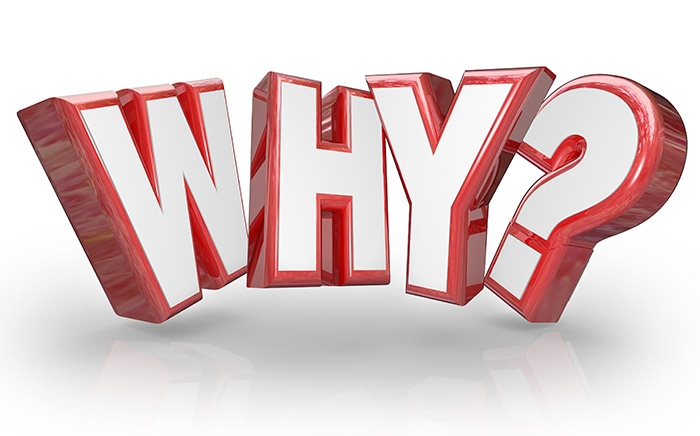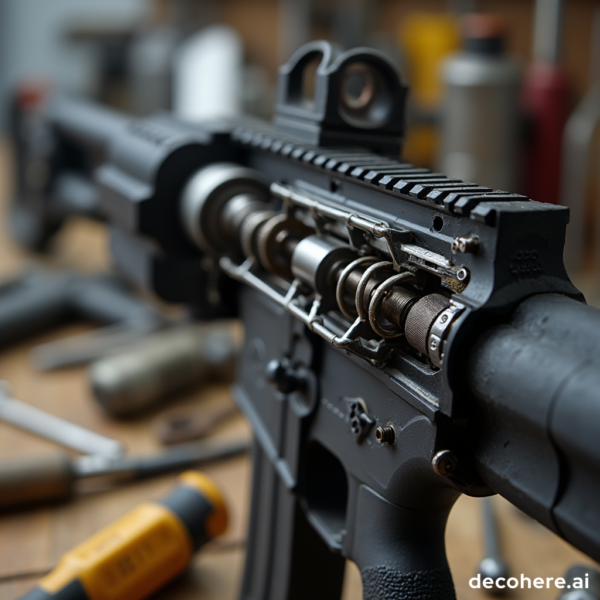Automotive Paint Drying Times: What to Expect and How to Get the Best Results
Understanding Automotive Paint Drying: Why It Matters
Proper drying of automotive paint is essential to achieving a smooth, durable, and long-lasting finish. Whether you’re a DIY enthusiast or working with a professional body shop, knowing how long it takes for car paint to dry-and what affects this process-can save you time, money, and frustration. In this guide, we’ll break down the drying and curing times for different automotive paints, the variables that impact them, and proven strategies to ensure your car looks its best.
Types of Automotive Paint and Their Drying Times
The drying time of automotive paint depends heavily on the type of paint used. Here are the most common types:
Acrylic Paint
Acrylic paint is favored for its vibrant color and durability. Typically, it dries to the touch in 30 to 60 minutes , but full curing-which is when the paint reaches maximum hardness and chemical resistance-can take between 24 to 48 hours . For best results, avoid exposing your vehicle to harsh elements or washing it until the curing process is complete. Some sources advise waiting up to seven days before heavy use to ensure optimal adhesion and resistance [2] , [1] .

Source: idcrawl.com
Enamel Paint
Enamel paint is renowned for its glossy finish and resilience. However, it requires a longer drying period. Expect it to dry to the touch in 24 to 48 hours , while full curing may take up to several weeks , depending on environmental conditions. During this time, it’s important to keep the vehicle in a clean, dry space to prevent dust and debris from settling on the fresh paint [2] .
Urethane Paint
Urethane paint offers exceptional UV protection and lasting durability. It typically dries faster than enamels, usually within 12 to 24 hours . However, it requires two to three weeks to fully cure. Urethane paints are widely used in professional shops due to their performance and finish quality [2] , [3] .
Alkyd Paint
Alkyd paints are considered an economical option. They take about 24 hours to dry at room temperature, but may require up to two weeks for full hardening. Using specialized primers can enhance adhesion and may shorten drying time, but this is best performed by experienced technicians [1] .
Key Factors That Affect Drying Time
Many variables influence how quickly automotive paint dries. Understanding these will help you plan your project and avoid common setbacks:
- Temperature: Warmer temperatures (around 68-90°F or 20-32°C) generally speed up drying. Cold can slow or even prevent proper drying, risking poor adhesion [5] .
- Humidity: Lower humidity levels promote faster drying. High humidity can increase drying times and may cause defects such as blushing or dullness [3] .
- Paint Layer Thickness: Thicker coats or multiple layers require more time to dry completely. Applying thin, even coats is recommended for the best results.
- Ventilation: Good air circulation helps solvents evaporate quickly, leading to faster drying times.
- Type of Hardener or Additive: Some paints use chemical hardeners to accelerate drying. Always follow the manufacturer’s instructions for mixing and application.
Step-by-Step Guidance for Drying Automotive Paint
To ensure your paint dries properly and lasts as long as possible, follow these steps:

Source: pinterest.com.mx
- Prepare the Surface: Clean and sand the car’s surface thoroughly. Any dirt, grease, or old paint can affect adhesion and drying.
- Apply Paint in a Controlled Environment: Whenever possible, use a well-ventilated area with stable temperature and low humidity. Professional paint booths offer the best results.
- Follow Manufacturer’s Instructions: Each paint type has specific guidelines for application and drying. Adhere strictly to these recommendations to avoid issues.
- Allow Proper Flash Time Between Coats: Flash time is the interval between coats, allowing solvents to evaporate. This can range from 7 to 15 minutes for base coats, depending on paint and temperature. For clear coats or top layers, waiting 10-15 minutes is typically advised. Always check the product data sheet [4] .
- Let the Paint Cure Fully: After applying the final coat, wait at least 24 hours before handling, washing, or buffing the car. For maximum durability, avoid exposing the vehicle to rain, dust, or harsh conditions for up to two weeks or longer, depending on the paint type [2] .
Real-World Example: Post-Paint Car Care
Imagine you’ve just repainted your car using acrylic paint. While the surface feels dry after an hour, the paint hasn’t fully cured. Washing the car or exposing it to weather prematurely can damage the finish. For best results, keep the car in a clean, sheltered area and avoid washing for at least 48 hours. After a week, the paint should be fully cured and resistant to typical hazards [2] , [1] .
How to Speed Up Drying Time (Safely)
If you need to accelerate the process, consider these safe options:
- Use Infrared Lamps: Professional body shops use heat lamps to promote even, rapid drying.
- Increase Air Flow: Adding fans or improving ventilation can help remove solvent vapors and reduce drying time.
- Control Temperature: Maintain a consistent, warm environment (not exceeding safe limits specified by the paint manufacturer).
- Choose Fast-Drying Paints: Some modern paints are designed for quicker drying; consult with your supplier for options.
It’s important to avoid shortcuts like using household heaters or open flames, as these can be dangerous and may damage the paint or cause fires.
When Can You Wash or Wax a Newly Painted Car?
According to industry experts, you should wait at least two weeks after painting before washing your vehicle with water and soap, and at least one month before applying wax. This precaution helps prevent surface scratches and ensures the paint is fully set [2] .
Common Challenges and Solutions
Even with careful planning, issues can arise. Here’s how to address some common problems:
- Paint Remains Tacky: This often results from high humidity or insufficient drying time. Allow more time and improve ventilation.
- Cracking or Peeling: This can occur if the paint is exposed to extreme conditions before curing. Always follow recommended curing periods and avoid harsh environments.
- Dust or Debris in Paint: Prevent this by working in a clean, enclosed space and minimizing movement during drying.
Accessing Professional Help and Further Guidance
If you’re unsure about drying times or face challenges during your automotive painting project, consulting a professional can help. Many body shops and paint suppliers offer guidance specific to your paint type and conditions. You may also contact local automotive paint retailers for product-specific advice or search for certified collision repair centers in your area through industry associations like I-CAR or the National Institute for Automotive Service Excellence (ASE).
Key Takeaways
Automotive paint drying times vary based on paint type, application method, and environmental conditions. Acrylics and urethanes dry faster than enamels and alkyds, but all require adequate curing for a lasting finish. For best results, follow manufacturer instructions, maintain controlled drying conditions, and avoid washing or waxing until the paint has fully set. If in doubt, seek advice from professional paint technicians or reputable automotive service providers in your area.
References
- [1] T-Weko (2024). Drying after painting: How long does the paint dry on the car?
- [2] Bliss Car Wash (2024). How Long Should Car Paint Dry Before Washing?
- [3] Status Automotive & Collision (2023). How Long Does Car Paint Take to Dry?
- [4] Pain Society on YouTube (2022). Car Painting Basics: How Long Do I Wait Between Coats?
- [5] Accudraft Paint Booths (2021). How Long Does It Take for Car Paint to Dry?



